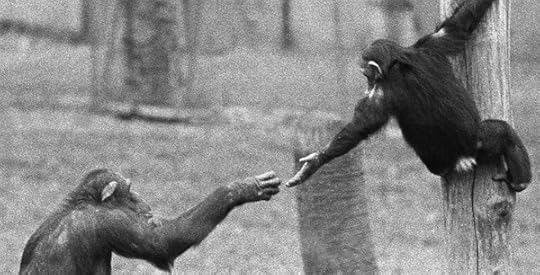Carl Zimmer's Blog, page 59
August 8, 2011
The Kindness of Strangers, Chimpanzee Edition
In tomorrow's New York Times, I take a look at a new study on the generosity of chimpanzees. Check it out. (And also check out Ed Yong's take at Not Exactly Rocket Science.)
[Image courtesy of Frans de Waal]

Google+ invitations: Click here for one
I learned that Google has retooled its invitation system for Google+. Instead of manually adding names into a message field, I can just drop a link into this post and offer 150 invitations. So if you want to dabble in this new experiment in social media and , please click here.

August 7, 2011
#Greenfieldism
August 3, 2011
What Home Looked Like For Seven Million Years
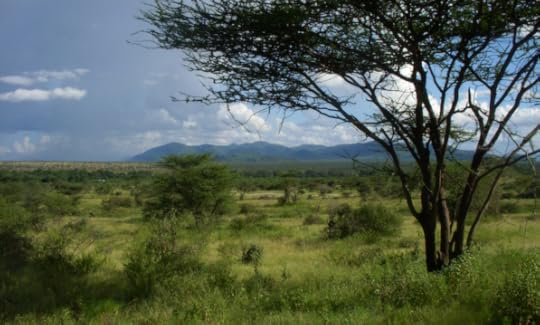 To understand how we evolved, we have to understand where we evolved. Natural selection exists because the environment is kinder to some individuals than others. Depending on the species, that environment may be a lake miles underneath Antarctic ice, an alpine meadow near the top of a mountain, or an oxygen-free swamp in the sweltering tropics. Each habitat creates its own set of conditions in which individuals thrive or die. We humans are no different. We are the product of where we have lived.
To understand how we evolved, we have to understand where we evolved. Natural selection exists because the environment is kinder to some individuals than others. Depending on the species, that environment may be a lake miles underneath Antarctic ice, an alpine meadow near the top of a mountain, or an oxygen-free swamp in the sweltering tropics. Each habitat creates its own set of conditions in which individuals thrive or die. We humans are no different. We are the product of where we have lived.
A century ago, paleontologists thought humans evolved in Central Asia. At the time the only known fossils of an ancient human relative (what we now call a hominin) came from Indonesia. The idea of humans evolving in dank rain forests did not appeal to Western scientists who lived in temperate climes. They looked to Central Asia's windswept plains. In 1926, the American paleontologist Henry Fairfield Osborn laid out this line of thinking in an essay called "Why Central Asia?"
"In that environment, the struggle for existence was severe and evoked all the inventive and resourceful faculties of man," he wrote. "While the anthropoid apes were luxuriating ...

August 2, 2011
Did Rosie Redfield just refute #arseniclife on her blog?
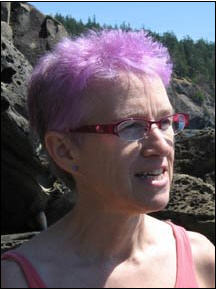 Rosie Redfield of the University of British Columbia has steadfastly raised doubts about the headline-grabbing news about arsenic-based life last November. (If neither arsenic life nor Rosie Redfield ring any bells for you, check out my two pieces for Slate, in December and June.) Redfield then did something exceptional: she set out to replicate the initial findings, getting the original bacteria and seeing whether they can build DNA from arsenic when deprived of phosphorus.
Rosie Redfield of the University of British Columbia has steadfastly raised doubts about the headline-grabbing news about arsenic-based life last November. (If neither arsenic life nor Rosie Redfield ring any bells for you, check out my two pieces for Slate, in December and June.) Redfield then did something exceptional: she set out to replicate the initial findings, getting the original bacteria and seeing whether they can build DNA from arsenic when deprived of phosphorus.
And then she did something quite unique: she started to chronicle her experiences on her blog. It's a fascinating peek into the lab notebook of a practicing scientist. Today's post is especially intriguing:
"First evidence refuting Wolfe-Simon et al.'s results"
Among other things, Redfield reports that the bacteria seem to be able to grow at very low levels of phosphorus–levels that the original scientists claimed were too low to sustain the growth they saw.
Of course, Redfield has a lot of work left to do. She will have to run this experiment to its bitter end, write up the results, submit a paper to a journal, get it past peer review, and publish it in a ...

July 30, 2011
Bellybutton biodiversity update: Wonderlands upon wonderlands
[image error]Last month I contemplated the staggering diversity of microbes in my bellybutton–an experience made possible by my participation in a survey of microbiome diversity carried out by scientists at North Carolina State University. At the time, I thought I was quite the host. I was informed there were 53 species living in my navel, some of which had never been seen on skin before and some of which were altogether new to science. I was even informed that I was a "wonderland."
Well, the project is moving forward at quite a clip, and the scientists are starting to push more of their data online. Here you can see the species from the first 60 volunteers they've studied. The lists are coded by number–I'm B944. I appear to have lost a species so I'm down to 52. And 52 is, I'm seeing, nothing to blog home about. So far, the diversity champion is the anonymous owner of bellybutton B1288. 107 species! Now that's a wonderland….

July 28, 2011
Writing about Science and the Environment: My seminar coming up this fall at Yale
If you or someone you know is a student at Yale, check out the class I'm teaching this fall. It's called Writing about Science and the Environment (cross-listed as EVST 215 and ENGL 459). You can find out about it on the Yale Online Course Information site, where I've just posted the syllabus.
The ocean microbe within us
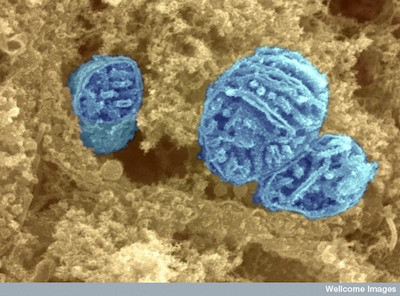 Our cells are packed with various protein-stuffed sacs, each dedicated to carrying out essential tasks. One kind of organelle is peculiar, though. Mitochondria are jellybean-shaped structures whose jobs include making the fuel that our cells use to power everything they do. What makes mitochondria strange is that they carry their own DNA. It's not a lot of DNA–just 37 genes–but mitochondria can make extra copies of it as they grow and divide. In other words, they act an awful lot like bacteria.
Our cells are packed with various protein-stuffed sacs, each dedicated to carrying out essential tasks. One kind of organelle is peculiar, though. Mitochondria are jellybean-shaped structures whose jobs include making the fuel that our cells use to power everything they do. What makes mitochondria strange is that they carry their own DNA. It's not a lot of DNA–just 37 genes–but mitochondria can make extra copies of it as they grow and divide. In other words, they act an awful lot like bacteria.
About a century ago, Russian biologists proposed that mitochondria actually started out as bacteria, which set up house in our single-celled ancestors. In the 1960s, University of Massachusetts biologist Lynn Margulis resurrected the idea, pointing to certain features in mitochondria, like their double membrane, found in bacteria but not in other organelles. In the 1970s, biologists began to invent the tools that allowed them to look at the DNA in mitochondria. As predicted, that DNA matched DNA from bacteria, not from animals.
Acquiring mitochondria over 2 billion years ago was a pivotal moment in our evolution. We are eukaryotes, as are trees, mushrooms, and amoebae. We all carry mitochondria (or ...
July 26, 2011
How to feed your freakish brain: My new column for Discover
[image error]The human brain is, for want of a better word, ginormous. Sure, it's only about as big as a cantaloupe, but it's made of the hungriest cells in the human body. Keeping the brain supplied with energy is a huge challenge. In my new column in Discover, I describe how scientists have discovered some of the molecular tricks we've evolved to feed our neurological beast. Check it out.

July 25, 2011
The Evolution of New York: My new story for the New York Times
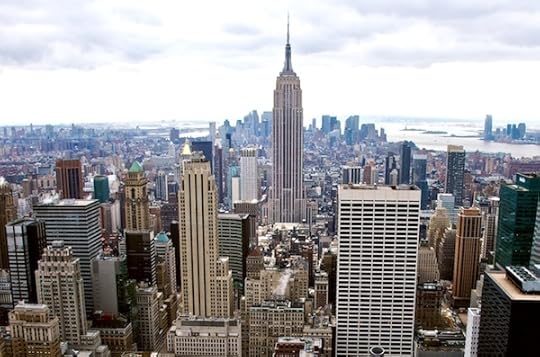 In tomorrow's New York Times, I've got a story about evolutionary biologists who make New York their Galapagos Islands. Working on this story was great fun–I traipsed around Manhattan parks and medians, checking out mice and ants and salamanders. I spoke to other researchers who study plants, fish, and bacteria in and around the city. All of them observe evolution unfolding in what might seem like a very unnatural place. But after four billion years, nothing can stop evolution. Not even New York.
In tomorrow's New York Times, I've got a story about evolutionary biologists who make New York their Galapagos Islands. Working on this story was great fun–I traipsed around Manhattan parks and medians, checking out mice and ants and salamanders. I spoke to other researchers who study plants, fish, and bacteria in and around the city. All of them observe evolution unfolding in what might seem like a very unnatural place. But after four billion years, nothing can stop evolution. Not even New York.
The Times has posted some of Damon Winter's wonderful photographs for the story along with some audio from some of the scientists I describe. You can also listen to the new podcast, which features the story too (link to come).
[ Photo: Creative Commons: NatalieTracy on Flickr ]

